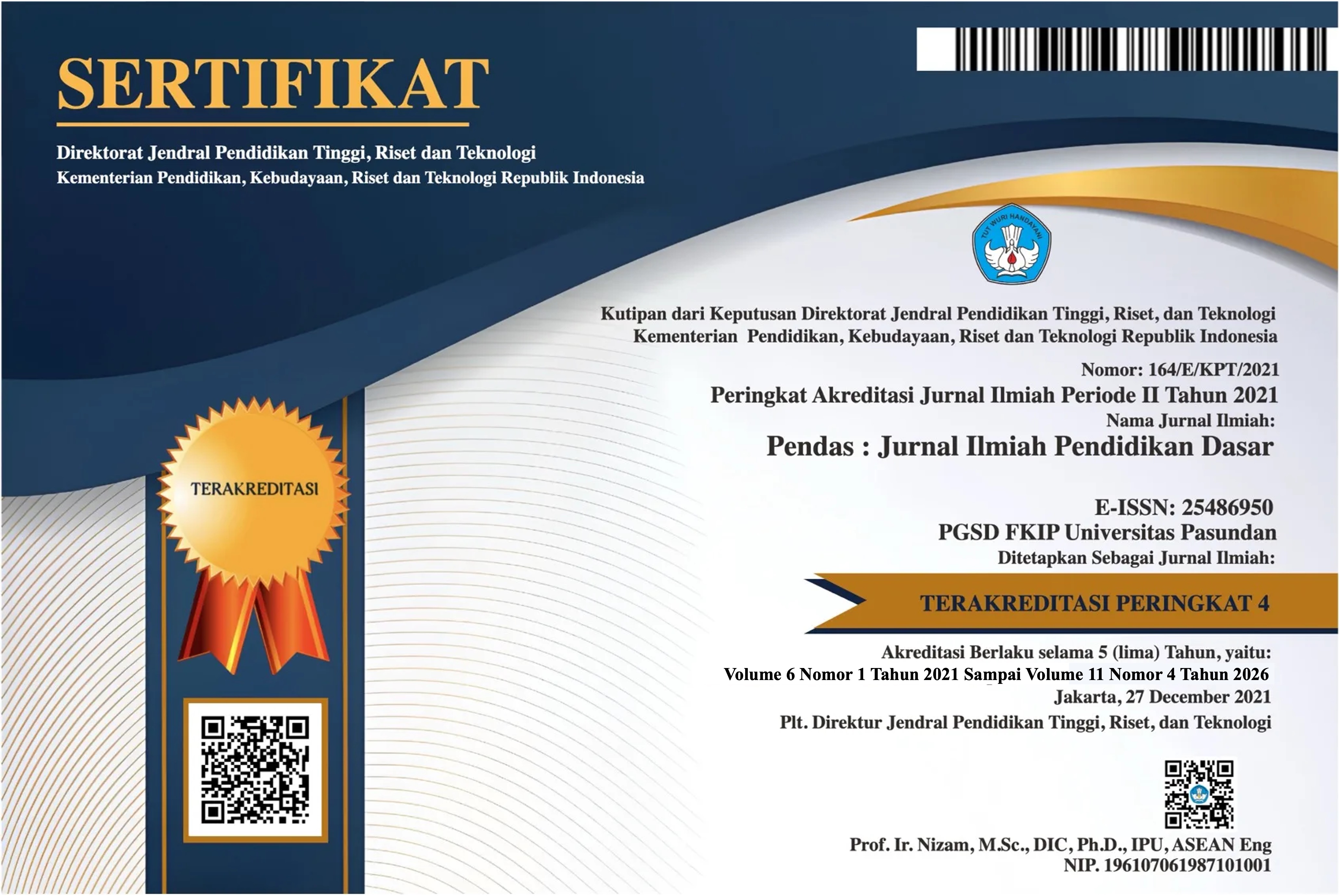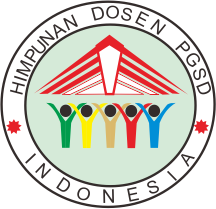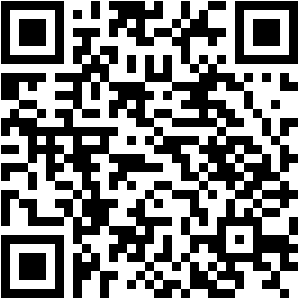STUDI KOMPARATIF PRESTASI BELAJAR BAHASA ARAB SISWA ANTARA LULUSAN MADRASAH DENGAN NON-MADRASAH DI KELAS VII MTs MA’HAD AL-ZAYTUN
DOI:
https://doi.org/10.23969/jp.v10i04.36018Keywords:
Arabic, comparison, learning achievement, madrasah, non-madrasahAbstract
Educational background has the potential to influence learning outcomes due to differences in previous academic experiences. The number of madrasah graduates in the seventh grade of MTs Ma'had Al-Zaytun in the 2023/2024 academic year is higher than that of non-madrasah graduates. In theory, students with a madrasah educational background have an advantage in learning Arabic. However, there appears to be a lack of enthusiasm among students in attending classes, which has an impact on learning outcomes. This study aims to analyze the differences in Arabic learning achievements between madrasah and non-madrasah graduates and to identify the factors that influence them. The research uses a mixed methods approach with an explanatory sequential pattern. The quantitative stage is carried out first and reinforced through qualitative analysis. The comparative quantitative approach uses probability sampling with a proportionate stratified random sampling type. The sample consisted of 80 students (53 madrasah graduates and 27 non-madrasah graduates). Data collection techniques included observation, tests, and interviews. Data analysis was performed using the T-test. A qualitative approach was conducted through interviews with teachers. The results of the study showed a significance value (Sig. 2-tailed) of 0.703. Thus, the null hypothesis (H0) was accepted, and the alternative hypothesis (Hₐ) was rejected. It can be concluded that there is no significant difference in Arabic learning achievement between madrasah and non-madrasah graduates in grade VII MTs Ma'had Al-Zaytun. Qualitative analysis results reveal factors that influence learning achievement, namely students' initial abilities, learning methods, learning motivation, and academic readiness.
Downloads
References
Budiantoro, T., & Kurniawan, B. (2021). Validitas dan Reliabilitas Instrumen Keterampilan Komunikasi dan Keterampilan Kolaborasi Pada Mata Kuliah. Jurnal Humaniora Teknologi, 7(2), 1–7.
Ghozali, I. (2016). Aplikasi Analisis Multivariete SPSS 23.
Karenina, A., Buana, B., & Rahayu, S. (2022). Tinjauan Penyempurnaan Kurikulum Bahasa Arab Berdasarkan KMA 183 dan 184 Tahun 2019. Jurnal Pendidikan Dan Konseling, 4, 1349–1358.
Mujakiah, M., Fanirin, M. H., & Fitri, A. A. (2023). Pengaruh Latar Belakang Pendidikan Dasar Terhadap Hasil Belajar Bahasa Arab Siswa Kelas Vii Di Mts Ma ’ Had. 04(01), 49–56.
Sakaguchi, K., Sakama, R., & Watari, T. (2025). Evaluating ChatGPT in Qualitative Thematic Analysis With Human Researchers in the Japanese Clinical Context and Its Cultural Interpretation Challenges: Comparative Qualitative Study. Journal of Medical Internet Research, 27, e71521. https://doi.org/10.2196/71521
Shubchan, M. A., & Rossa, M. A. (2021). Memahami Latar Belakang Pendidikan Peserta Didik: Telaah Tentang Transfer Dan Transformasi Belajar. Perspektif, 1(2), 167–171.
Sofa, F., & Safitri, R. A. N. (2022). Pemikiran Pragmatisme-Konstruktivisme John Dewey sebagai Metode Pembelajaran di Madrasah Tsanawiyyah. HEUTAGOGIA: Journal of Islamic Education, 2(1), 45–62. https://doi.org/10.14421/hjie.2022.21-04
Subedi, D. (2016). Explanatory Sequential Mixed Method Design as the Third Research Community of Knowledge Claim. American Journal of Educational Research, Vol. 4, 2016, Pages 570-577, 4(7), 570–577. https://doi.org/10.12691/education-4-7-10
Ulfah, & Arifudin, O. (2023). Analisis Teori Taksonomi Bloom pada Pendidikan di Indonesia. Jurnal Al-Amar, 4(1), 13–22.
Utami, S. P. T., Andayani, Winarni, R., & Sumarwati. (2023). Utilization of artificial intelligence technology in an academic writing class: How do Indonesian students perceive? Contemporary Educational Technology, 15(4), ep450. https://doi.org/10.30935/cedtech/13419
Downloads
Published
Issue
Section
License
Copyright (c) 2025 Pendas : Jurnal Ilmiah Pendidikan Dasar

This work is licensed under a Creative Commons Attribution 4.0 International License.


















